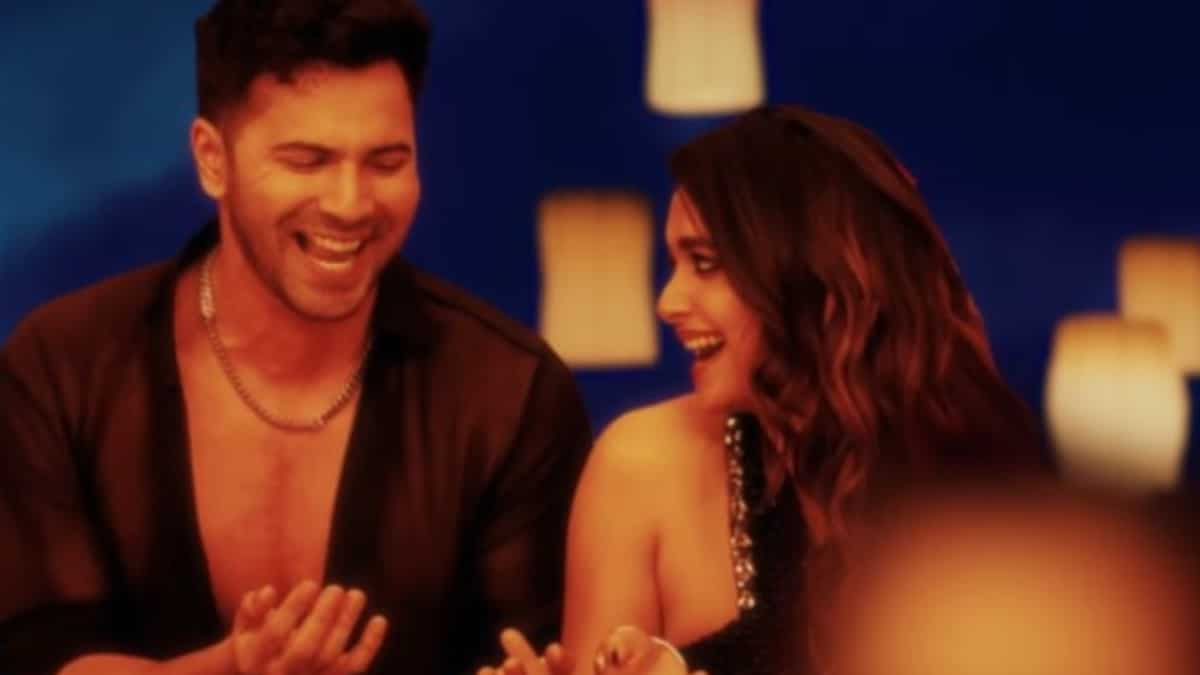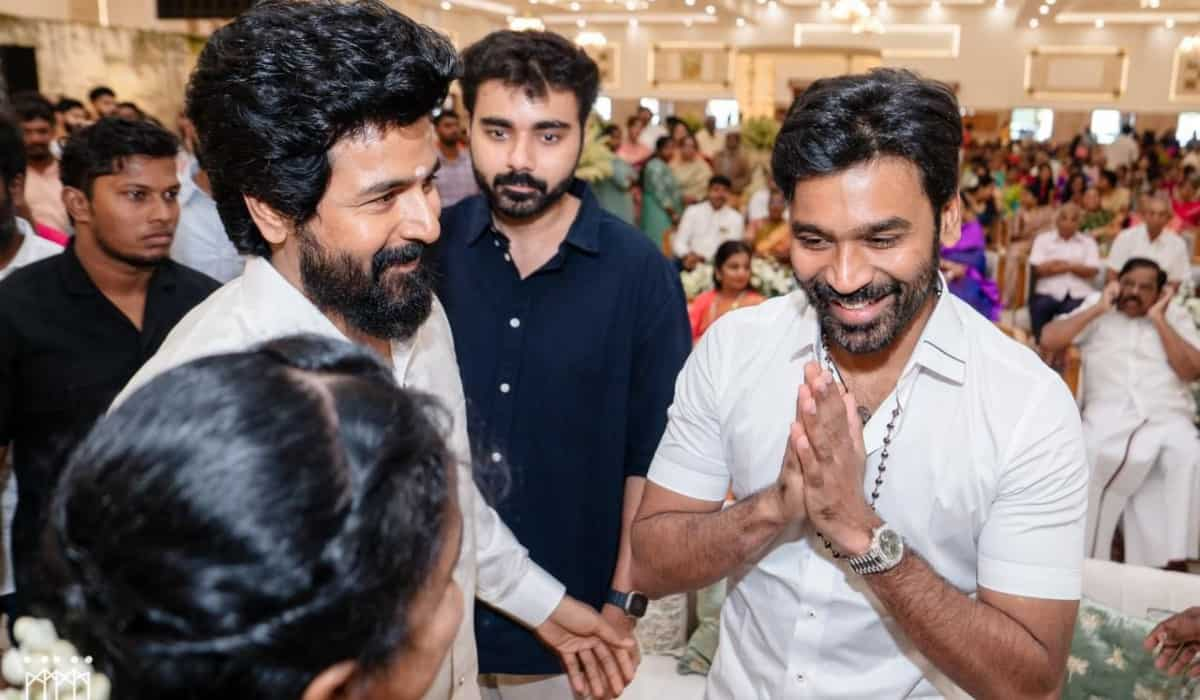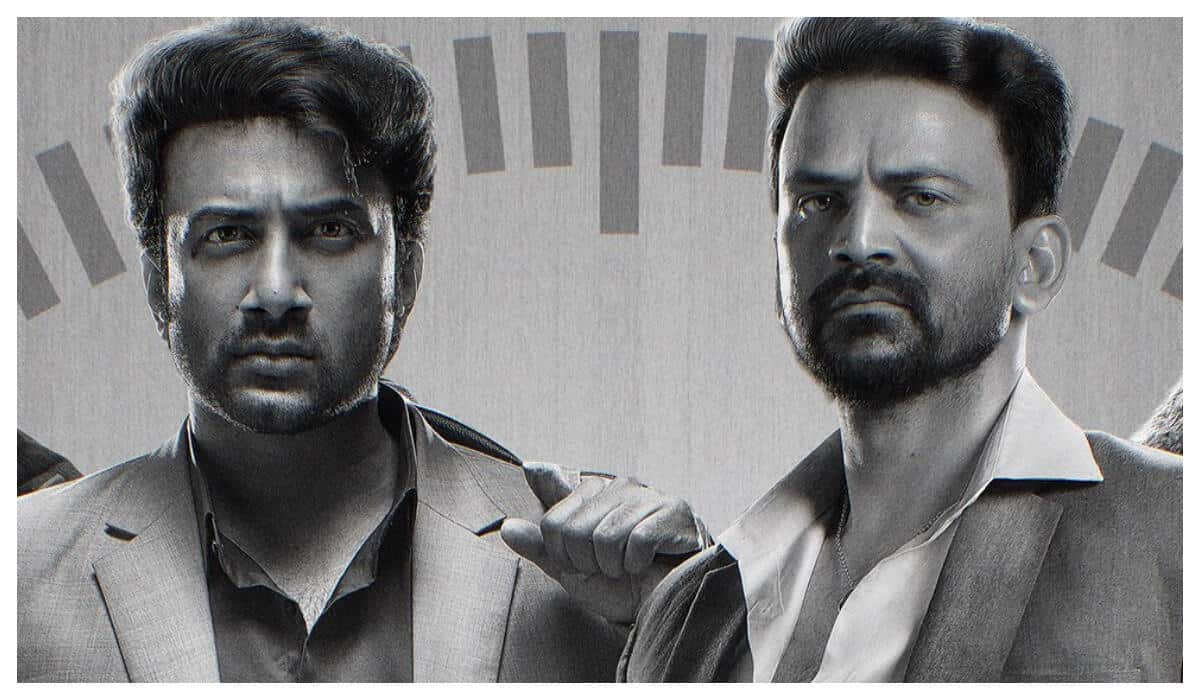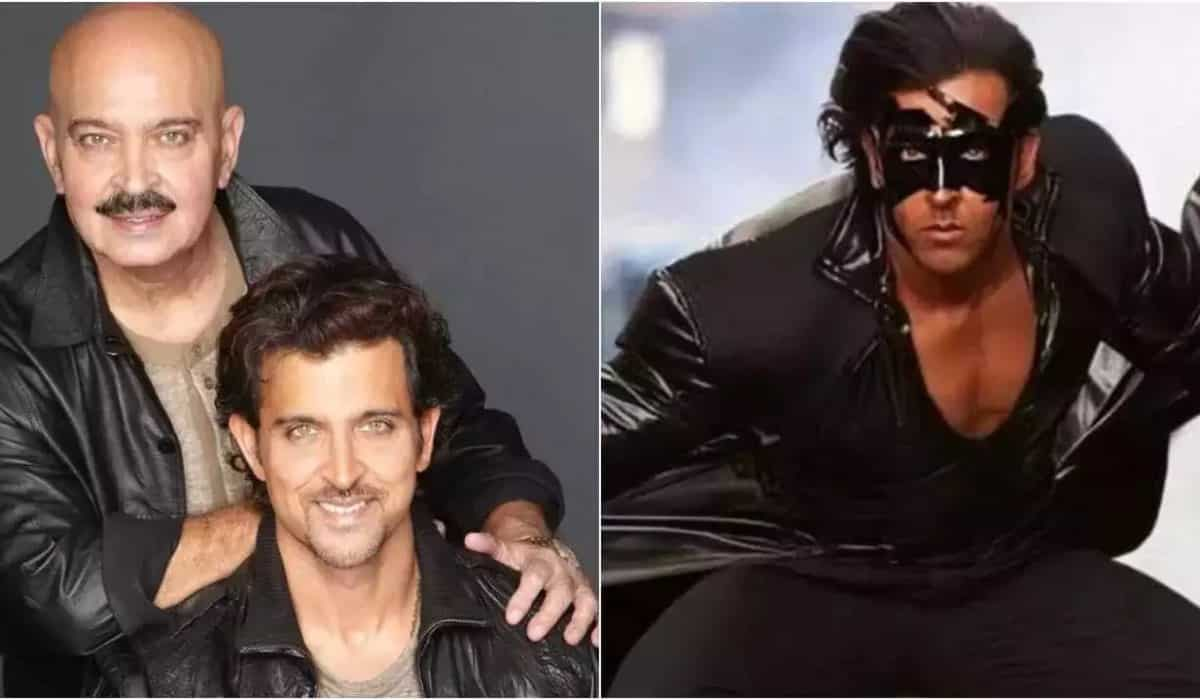
A touch artiste’s timing goes awry
3 months ago | 29 Views
Kolkata: Arms resting on thighs or folded across chest. The occasional clap after a point, the blink-and-you-miss smile. Standing a step behind, letting Vimal Kumar or Agus Dwi Santoso do most of the talking at breaks or at changeovers. For Indians of a certain age though, what mattered – and felt surreal at the same time – was that he was courtside in the knockout rounds and medal matches of the Olympics as PV Sindhu and Lakshya Sen’s mentor.
For those who came in late, Prakash Padukone defined coolth. Trawl the internet and you will find pictures of him in almost-Wimbledon whites, an Adonis on court. Trawl some more and there will be one of him garlanded, with the All-England trophy in an open-top vehicle flanked by two horses wending through a Bangalore (as the city was called then) throng. Together, they defined understated elegance, on and off the court.
It was difficult to square those images with Padukone’s comments on Monday. It wasn’t what he said. It was when, where and to whom. So soon after a heart-wrenching defeat is probably the worst time to analyse and who would know that better than one of badminton’s all-time greats? It is one thing to say players are not working hard within the safe space of the change room; coming from Padukone it could even spur Sen, who has grown from a boy to a man been in his academy. But to do that in the media?
“There is a time to be tough on our athletes and there is a time to be empathetic. Understanding what to do when is crucial,” Viren Rasquinha, the former India hockey captain, said on X. Proud of Lakshya, Rasquinha also said. Rasquinha is CEO of the sports foundation Padukone, 69, has helped set up.
It would be a pity if this stays the most abiding recollection of Padukone’s tryst with the Olympics. Particularly so for the generation growing up in the 1970s and 80s. Because to an India of black-and-white newspapers and black-and-white television, Padukone had added colour. At a time India were happy to be at sporting spectacles, when they lost more often than won in cricket and when artificial turf had removed the grass beneath the men’s hockey team’s feet, Padukone played to win against the best in the world and often did.
World No.1 was an idea India scoffed at till, with a blend of silk and steel, Padukone became one. He was a professional before India knew what professionalism in sport was. It cost Padukone participation in the 1982 Asian Games but also had a nation turn its lonely eyes to him.
Not long after Lord Relator sang about how West Indies “couldn’t out Gavaskar at all”, Padukone had won the junior and senior national titles in the same year. He would win nine national championship titles and become the first Indian to win the Commonwealth Games gold in 1978.
Here’s how things were in the lead-up to his All England Open triumph in 1980, the first by an Indian (Pullela Gopichand was the second in 2001). India had lost a Test against England best remembered for skipper GR Viswanath calling back Bob Taylor. Before that, India had lost seven of their 10 ODIs in the World Series. (World Series of what, Noah Lyles could have asked if cricket was his thing about the three-team annual fixture in the Australian calendar.)
Then, between March 19 and 23, Padukone, the touch artiste with a strong defence, cut through a draw that had Morten Frost in his side to set up the final with Liem Swie King, the Indonesian known for his attacking game.
King. The name felt appropriate for a two-time defending champion at badminton’s holy grail and then world No. 1. Till Padukone beat him 15-3, 15-10 (that is how the scoring system in the men’s game was with points won only on serve) to win the title without dropping a game.
It was a final where power lost to placement. “I knew he was quicker, but I can control the shuttle better and tried successfully to slow him down. My flicks from the net were slightly deceptive and I noticed that his backhand strokes were limited,” Padukone had said. “It was easier than I thought....”
King had his revenge in the final next year. By then, India had won a hockey gold in an Olympic hit by a boycott. But Padukone beating idol Rudy Hartono, an eight-time All-England champion, to win the Swedish Open and Frost to bag the Denmark Open in 1980 was as special if not more. He was the world No. 1 in 1980 which Padukone had begun by winning a bronze in the World Cup. In 1982, he lost the in the final of the Scandinavian Open and Denmark Open to Frost. India remembers 1983 for Kapil’s Devils but before that Padukone had won a World Championship bronze.
Consistency at the highest level may still be a rarity in Indian sport, maybe even Padukone’s winner-takes-all mentality. Yet Padukone was more than the sum of his achievements. Neeraj Chopra spending most of the year abroad is normal service but when it was unthinkable, Padukone had shifted base to Denmark in 1981. Years later, Viswanathan Anand would do the same.
What’s to say India wouldn’t have had to wait for 44 years for an individual Olympics medal had badminton been in the mix? Padukone was 17 when it was an exhibition sport in 1972 and had retired by the time it debuted in 1992. Like Johan Cruyff and George Best and the football World Cup, Padukone does not need the validation of an Olympics medal. A generation that had piggy-backed on him did.
#




















